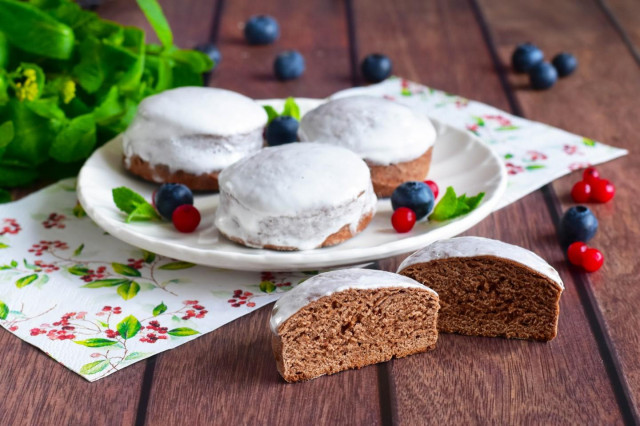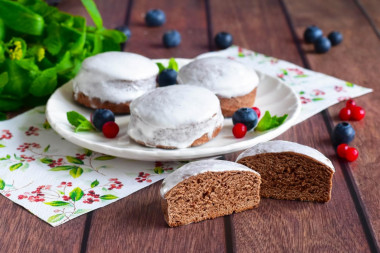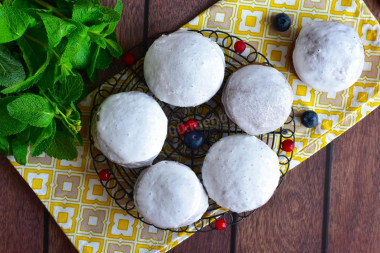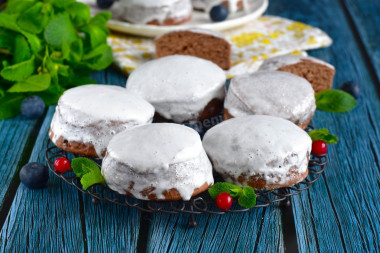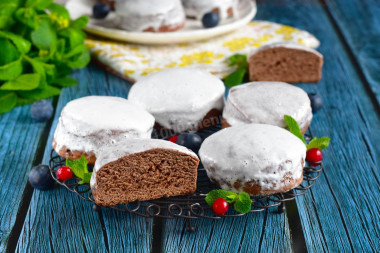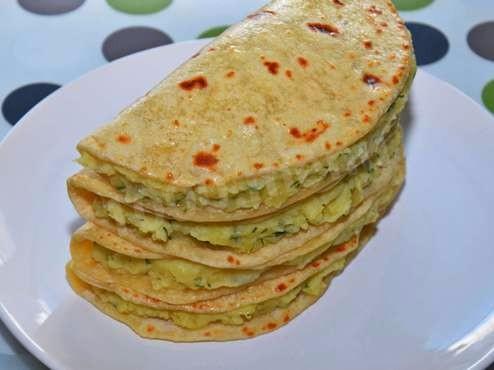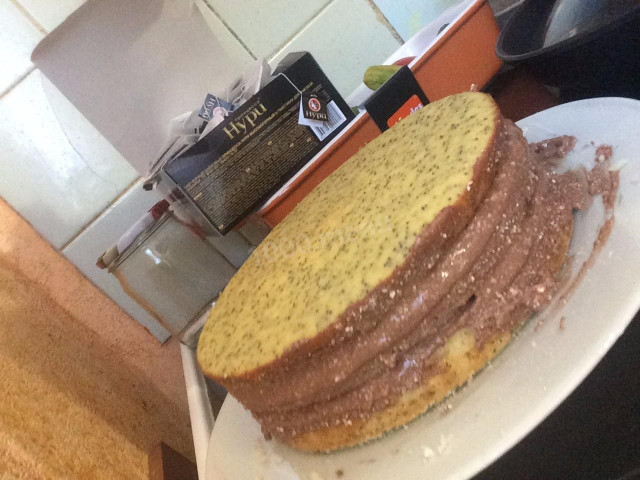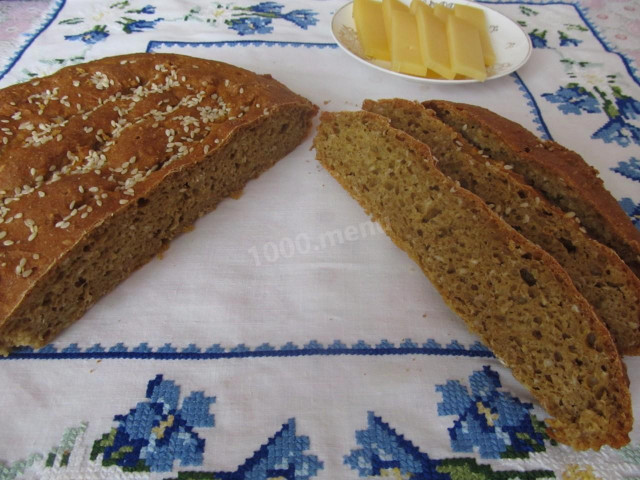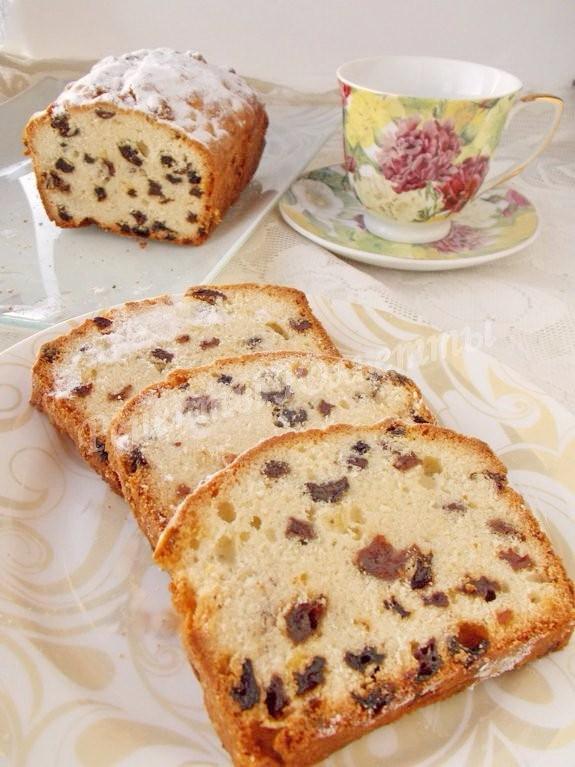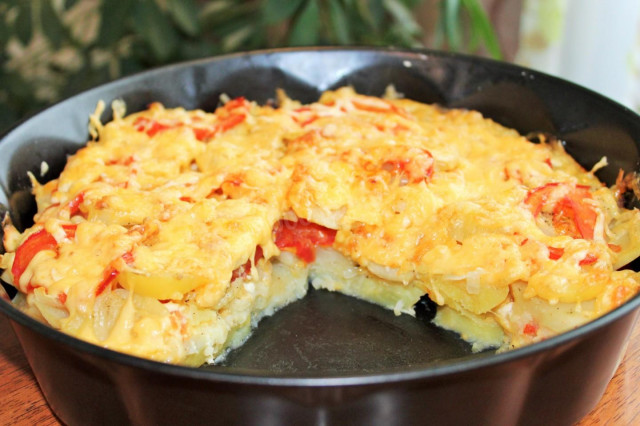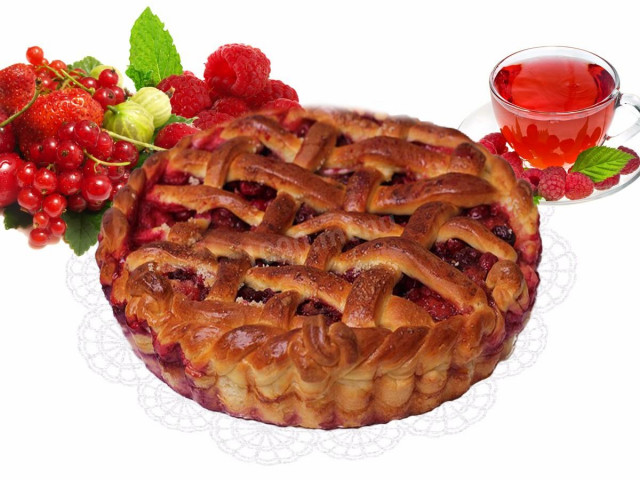Composition / ingredients
Step-by-step cooking
Step 1:
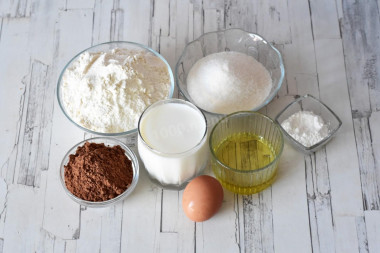
How to make homemade gingerbread with milk? Very simple! First, prepare the necessary ingredients according to the list. Take the flour of the highest grade. Oil - any vegetable. I have refined sunflower oil without smell.
Step 2:
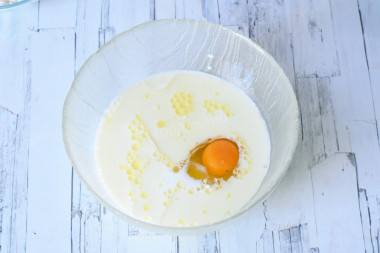
In a bowl, combine room temperature milk, vegetable oil, egg and sugar. Whisk everything with a whisk until smooth.
Step 3:
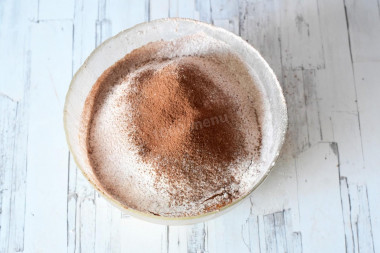
Pour flour, cocoa and baking powder sifted through a sieve. Knead a soft, slightly sticky dough. At first, the dough will stick strongly to the hands, but as it is kneaded, it will become less sticky and more elastic.
Step 4:
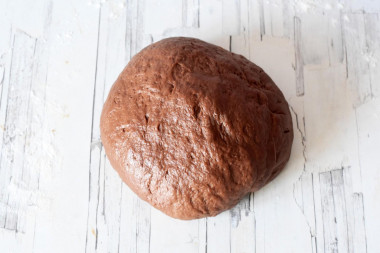
As a result, an even ball can be formed from the dough. If necessary, you can add a little more flour, but keep in mind that an overabundance of flour will make the finished products hard and very dense. If the dough remains very sticky even with additional flour, it is better to lubricate your hands with vegetable oil.
Step 5:
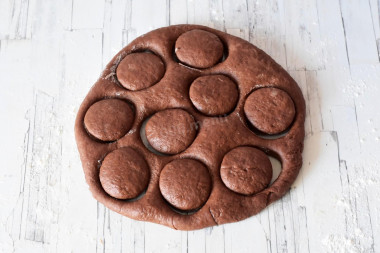
Place the dough on a floured table and roll out into a layer about 2 cm thick. Cut out circles from the dough with a cutting or a cup with a diameter of 5-5.5 cm. You can simply divide the dough into about 20 pieces and form the gingerbread by hand.
Step 6:
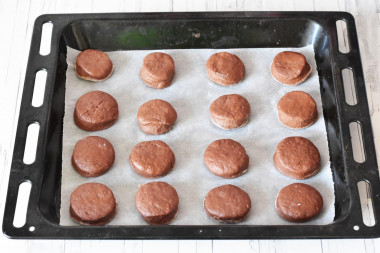
Transfer the blanks to a baking sheet lined with parchment. Place in a preheated 180 °C oven for 15-18 minutes. The exact baking time depends on your oven. You can put a baking tray with water on the bottom of the oven. Gingerbread will rise better and turn out to be more porous.
Step 7:
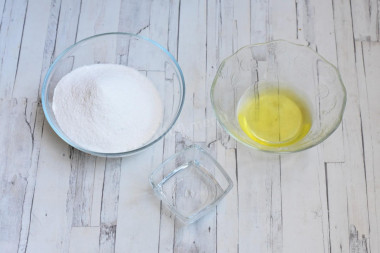
The glaze is prepared on the basis of protein from a fresh egg. If you do not want to use a raw egg, you can replace the protein with 2 tablespoons of lemon juice.
Step 8:
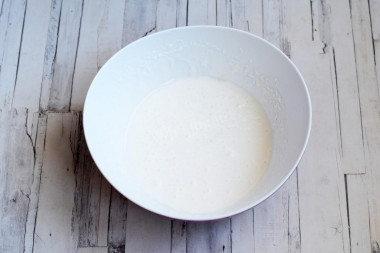
In a bowl, combine powdered sugar and protein. Beat with a mixer until smooth. At the end, pour in the water and whisk the mass a little more. The glaze should be fluid.
Step 9:
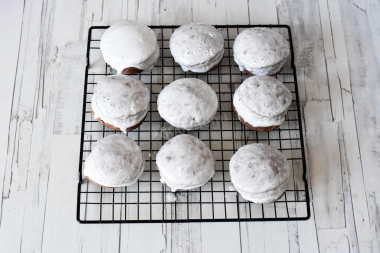
Dip the finished gingerbread into the glaze in turn. Transfer the gingerbread to the grill so that the glaze dries. Enjoy your meal!
Be prepared for the fact that you may need more or less flour than indicated in the recipe. Focus not on the amount of flour, but on the desired consistency of the dough. To avoid mistakes, read about flour and its properties!
Keep in mind that everyone's ovens are different. The temperature and cooking time may differ from those specified in the recipe. To make any baked dish successful, use the useful information about the features of ovens !
Is it possible to replace baking powder with soda, how to add them correctly so that the baking is lush, how to avoid an unpleasant soda taste and much more, read the article "Baking powder or baking soda - which is better?"
Calorie content of products possible in the dish
- Whole cow's milk - 68 kcal/100g
- Milk 3.5% fat content - 64 kcal/100g
- Milk 3.2% fat content - 60 kcal/100g
- Milk 1.5% fat content - 47 kcal/100g
- Concentrated milk 7.5% fat content - 140 kcal/100g
- Milk 2.5% fat content - 54 kcal/100g
- Chicken egg - 157 kcal/100g
- Egg white - 45 kcal/100g
- Egg powder - 542 kcal/100g
- Egg yolk - 352 kcal/100g
- Ostrich egg - 118 kcal/100g
- Whole durum wheat flour fortified - 333 kcal/100g
- Whole durum wheat flour, universal - 364 kcal/100g
- Flour krupchatka - 348 kcal/100g
- Flour - 325 kcal/100g
- Granulated sugar - 398 kcal/100g
- Sugar - 398 kcal/100g
- Vegetable oil - 873 kcal/100g
- Cocoa powder - 374 kcal/100g
- Water - 0 kcal/100g
- Baking powder - 79 kcal/100g
- Powdered sugar - 374 kcal/100g
- Egg whites - 44 kcal/100g

